Mention to the classical or jazz ensembles, people immediately think of a brass instrument – a trumpet.
Whether you are a novice or professional, the fundamental requirement is to have to know the parts of a trumpet, including their functions.
Yes, this one is very beneficial. Not you can only play it well, but the maintenance also becomes easier and simpler once you likely determine the positions of them.
Let’s do an anatomy of the whole trumpet right now!
Learning About The Parts of a Trumpet Now or Never

Bell

This is a come-out-of-sound part of the trumpet. Despite being the final step of the producing-sound process, it is specially noticed.
You are easy to see it because this is the most eye-catching part when looking at the trumpet.
Even, you can still find the logo of the maker that is etched into it.
The material and size of the bell are various. The major material is from brass. Some of the models can be lacquered in gold or silver.
If the gold-plated type creates the mellow sound, the silver-plated trumpets offer the bright sound.
To polish the bell and remove your fingerprints, you can use a soft cloth.
Time to time, the bell likely gets broken down if it often contacts the moisture, in particular, from your hands.
Remember to clean it right away when you recognizing any dirt.
On the other hand, you are not allowed putting the end of the bell on the balanced surface because it can make it scratch.
Finger Hook
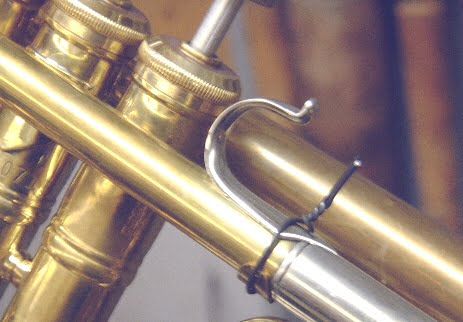
If you want to hold the trumpet with one hand in a firm way, it cannot ignore this part – the finger hook. With this sturdy metal hook, you can play trumpet with one hand.
Like that, you will have one free hand in order to turn the music pages. If you are more professional, you can play one other instrument, along with the trumpet.
Lead pipe
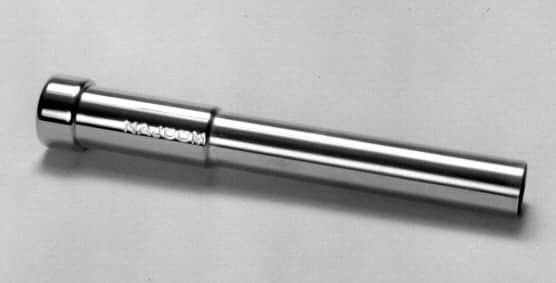
The position to insert the mouthpiece is the lead pipe, which is a tube made from the metal.
Frequently, this part will extend from the mouthpiece to the main location of the tuning slide.
In case you handle your trumpet, it is necessary to ensure the accidental bumps that do not make the lead pipe get the dents.
Keep in mind, whatever the change of the air flow is large or small, it can destroy the natural sound of your trumpet.
Aside from that, don’t forget to clean the lead pipe when it appears the strange things.
Mouthpiece
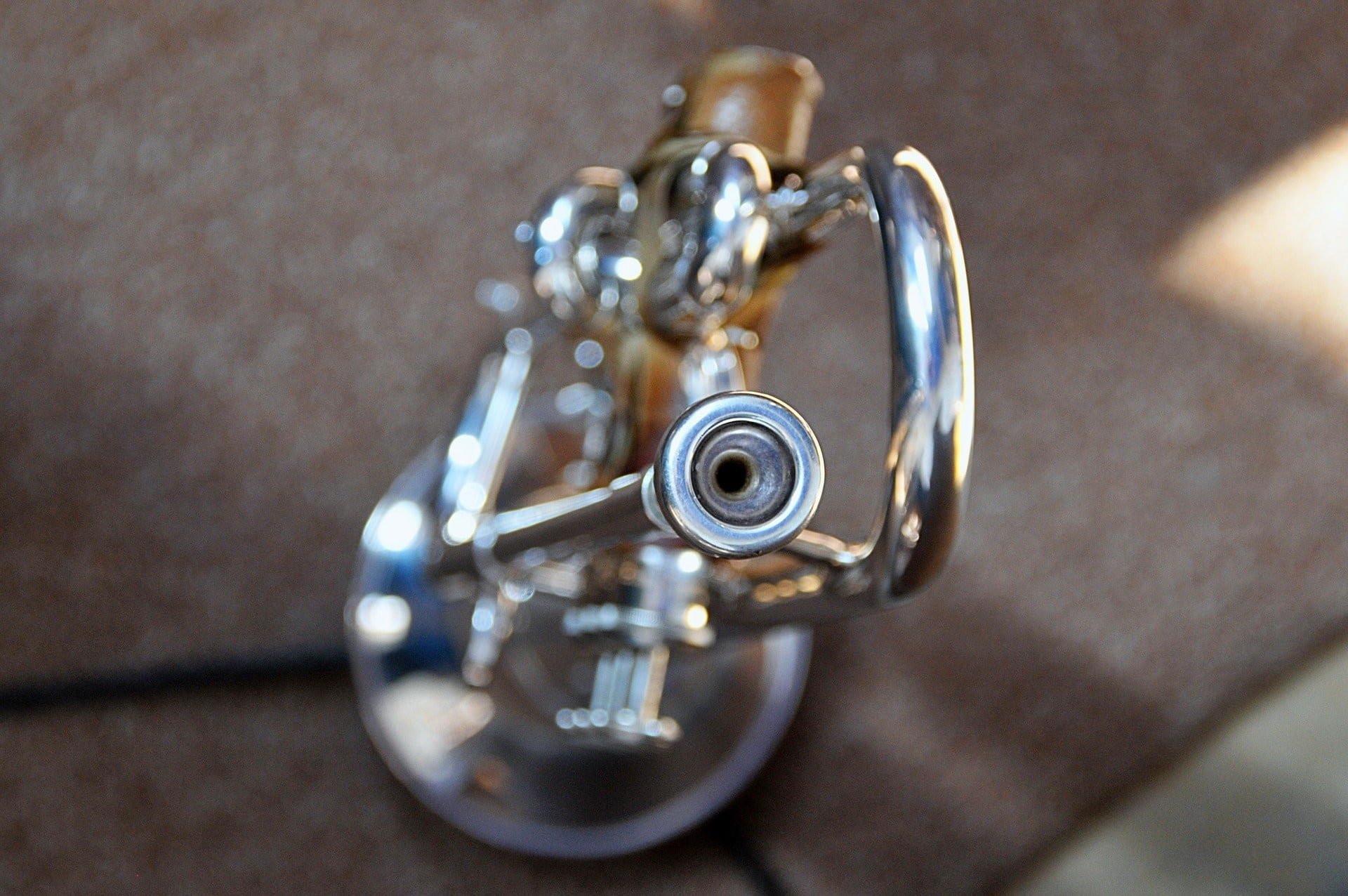
The mouthpiece – a small metal part comes with a cup. You can imagine it like a funnel because of being opened into a small tube.
Of course, there is only one side. Depending on the playing style, you can choose the different materials and sizes of the mouthpiece.
Nevertheless, the main material used to make the mouthpieces is still brass.
Thanks to having the mouthpiece, the air flow from player transmitted to the trumpet is precise.
From there, it creates the sound through a buzzing effect of your lips.
After each use, you can remove this part out of your trumpet to clean. Even, you may also store it in a separate way.
Another important point related to the mouthpiece is to consider it in a close distance.
If you see any marks or nicks, you need to handle them immediately because these ones can make your lips hurt when playing.
Read more: Trumpet vs Cornet
Mouthpiece Receiver
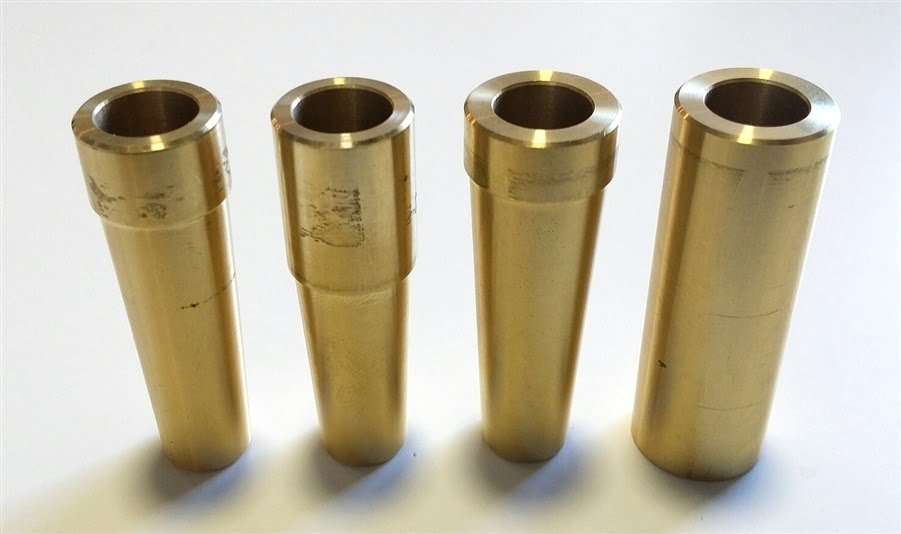
It is still the metal material. The mouthpiece receiver is a cylinder that is fused to the lead pipe (the end).
And then, it continues connecting the mouthpiece. Similarly, you can easily remove this part to maintain after playing.
When putting the mouthpiece to the mouthpiece receiver, avoid using more pressure if you do not want to get damage this part.
With a stuck case, never remove it yourself. Take your trumpet to the store to fix.
Tuning Slide
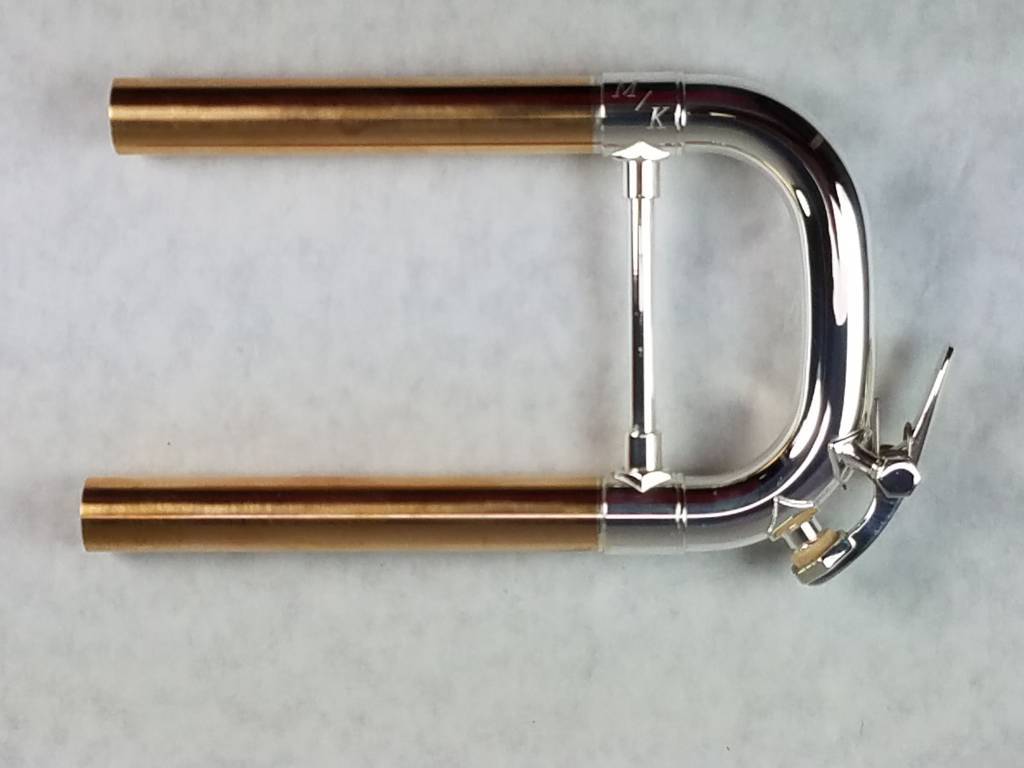
It can say that tuning slide is known as the largest slide in the shape of the metal tube that looks like C.
It allows you to easily slide out or in during the process adjusting the instrument. It is noticed that the further placed slide-out will be able to provide a lower tone.
On the other hand, the end of the tuning slide includes a small water key, which enables you to blow the superfluous moisture out of your trumpet.
Valve Casings
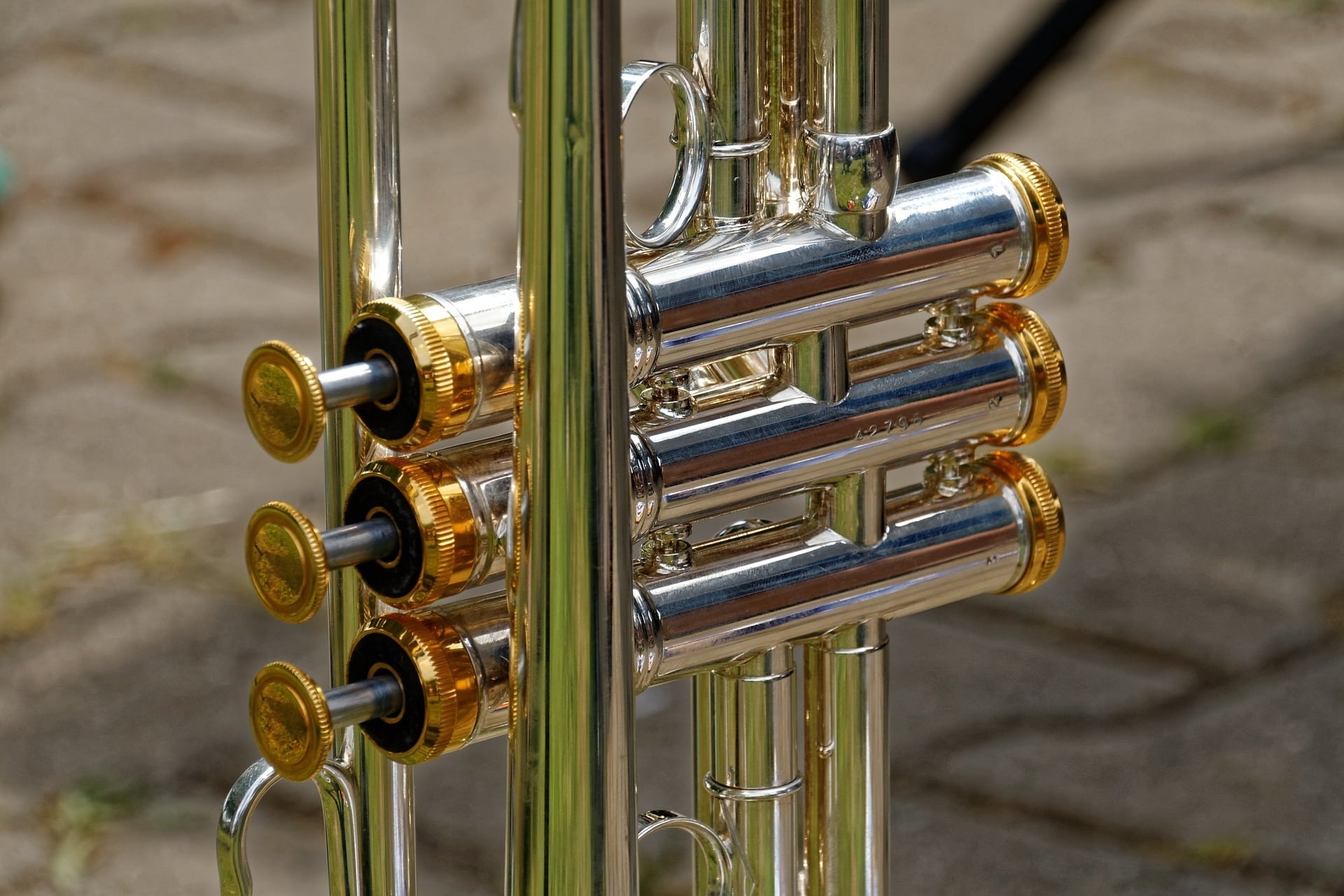
One trumpet often involves three cylindrical valve casings in the central position.
For the first valve, when you are playing your trumpet, you will recognize it right away because it is nearest.
In the center, there is the second. And the final one is the farthest.
These cylinders will help to maintain the up and movement of the valve pistons in the valve casings.
At one, it combines with the fingerings and the air pressure that is created by the player to produce the tones with the full range on the trumpet.
The pistons are compatible to their own casing. Therefore, when replacing, removing or cleaning, you ought to consider their casing and realign inside in a proper manner.
In addition to that, apply some valve piston oil drops to the casing.
By this way, it makes sure that the valve pistons properly move in their casings. Inversely, the casing can be scratched by the pistons when not adding oil.
Valve Pistons
What are the valve pistons? Well, there are the metal cylinders that are thin.
Generally, they still have the holes, including the bored through (large and small) and the small on-the-end fingerpieces.
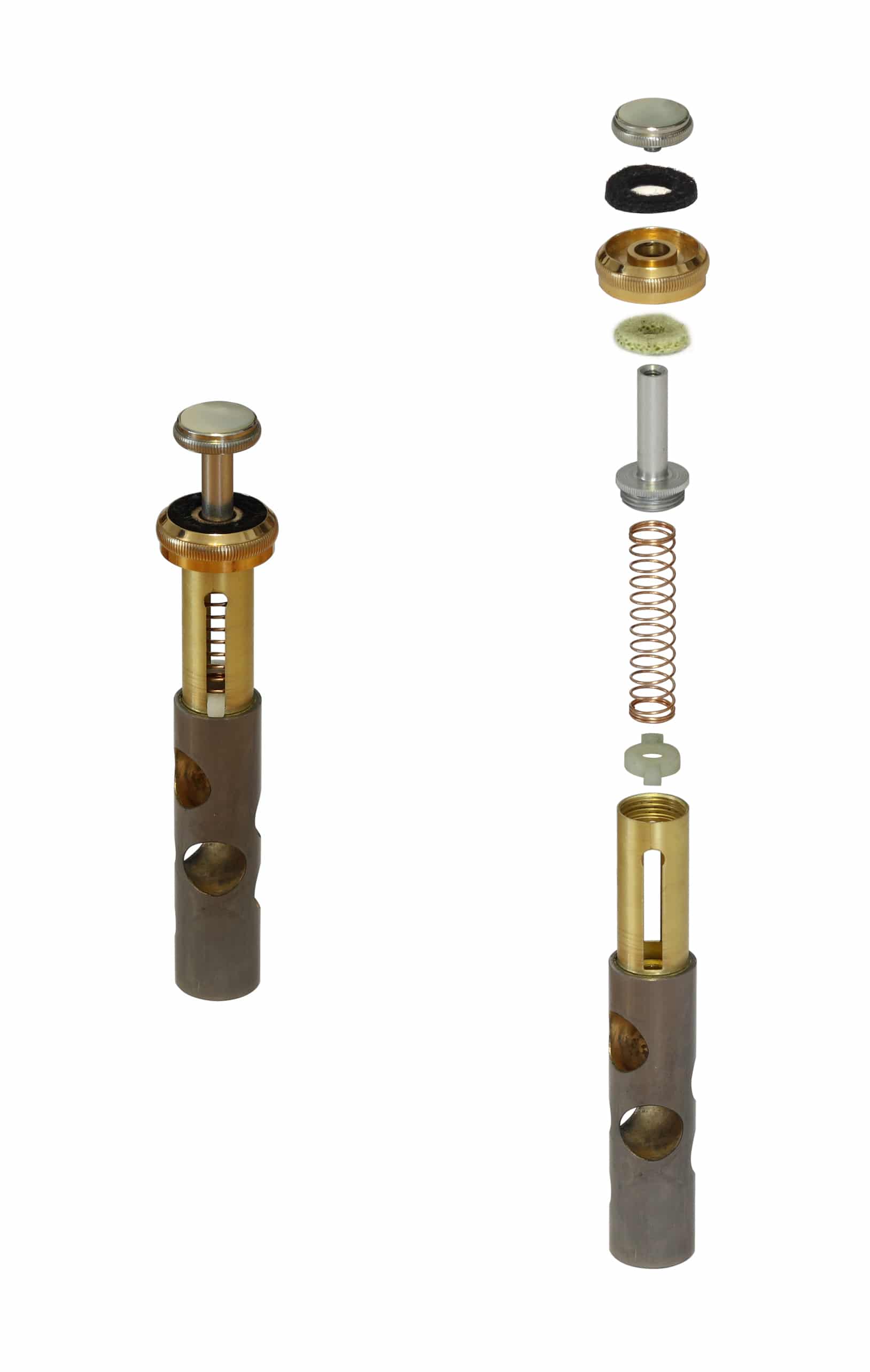
The pistons will be known as the valve casings when the hollow cylinders have mounted them.
They have the certain order from the first valve piston to the third one.
The closest valve piston is the first one when you are playing the trumpet.
The valve pistons will help to create the tones with a full range, by moving down and up in their own valve casings.
It requires that your fingers and the air pressure must have the consistent combination.
Once depressing a piston, the movement of the holes contribute to rerouting the air flow in the small or large circuits.
This one is based on the fingering. And you should know that the long air route will offer a low general tone.
If the second piston provides a lower tone in a full step, the first is only a half-step.
The most special case is the third piston. It depends on a minor third to make the lower tone.
Last but not least, there are the cleaning, service, and replacement, you need to pay attention the casing. It must is proper.
Let’s be careful when lubricating. Use the valve piston oil for this.
If you ignore this step – without oiling, it can affect the ability to play that your trumpet can get.
Read more: Trombone vs Trumpet
Valve Slides
How many valve slides are there on your trumpet?
Yes, all are three and they are also ordered – the first, the second, and the third.
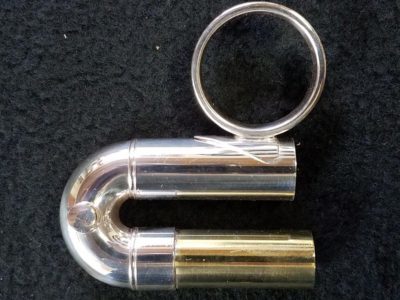
The air flow inside the trumpet will have one valve slide placed at an accurate point.
Thanks to that, when you adjust the trumpet tuning (move the slides) or you are playing your trumpet, you will be allowed depressing the pistons so as to change pitch.
Even though the slides are likely moved in or out, but they are still fitted in a tight way to hold the position theirs.
As per need, you need to have to remove and clean the valve slides regularly.
In a case of the valves stuck, you should find a technician to fix, instead of trying to loosen them.
Water Key
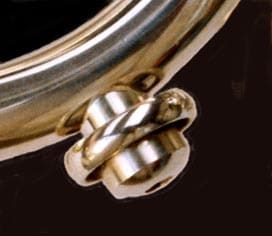
If you look at the main tuning slide of the trumpet, you will easily see a small metal lever that is the water key.
This part supports the escapement of the moisture.
Throughout a performance, the slide will have a small amount of the moisture left.
Owing to the water key, you can quickly remove this water, by pressing it and then blowing into the mouthpiece in a sharp manner.
It continues observing the water key a bit. On the end position, there has a small-felt disc.
When closing the water key, this one will help the hole be sealed.
Yes, the disc also needs to be cleaned and ensured a good seal, so you should occasionally look at it.
In that way, the dirt or mold will not be able to stick to your trumpet.
Conclusion
You can know the important parts of a trumpet that is necessary whatever you are learning to play the trumpet or any reason.
Aside from you might learn about your instrument more, you could still store and maintain it properly.
Each of the parts has the certain requirement when cleaning, lubricating, or serving.
Once you recognize all things related to them, it makes sure that you can use for a long time. How?
My article is useful, right? I hope that my share will be helpful for you. Happy enjoy playing your trumpet!